Search
Search Results

Definition
Italy
The Italian Peninsula or Apennine Peninsula is one of the three peninsulas of Southern Europe (the other two being the Iberian Peninsula and Balkan Peninsula), spanning 1,000 km from the Po Valley in the north to the central Mediterranean...
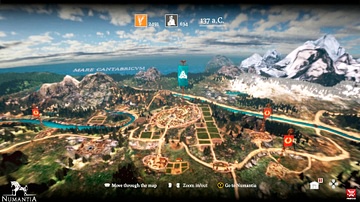
Interview
Interview: Numantia - Recreating the Ancient Iberian World
RECOTechnology is a small game-developer studio based in Madrid, Spain. Their latest video game - Numantia - allows players to explore the conflicts between the ancient Iberians and ancient Romans. James Blake Wiener of Ancient History Encyclopedia...
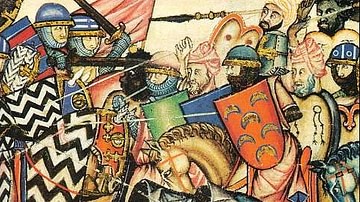
Definition
Reconquista
The Reconquista (Reconquest) or Iberian Crusades were military campaigns largely conducted between the 11th and 13th century CE to liberate southern Portuguese and Spanish territories, then known as al-Andalus, from the Muslim Moors who had...
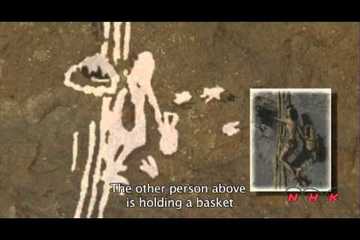
Video
Rock Art of the Mediterranean Basin on the Iberian ... (UNESCO/NHK)
The late prehistoric rock-art sites of the Mediterranean seaboard of the Iberian peninsula form an exceptionally large group. Here the way of life during a critical phase of human development is vividly and graphically depicted in paintings...
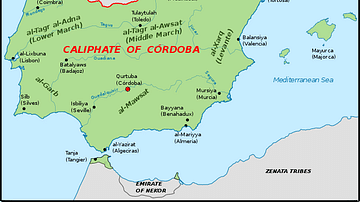
Image
The Iberian Peninsula, c. 1000 CE
A map of the Iberian peninsula c. 1000 CE showing the divide between the Muslim Caliphate of Cordoba in the south and the Christian kingdoms in the north.
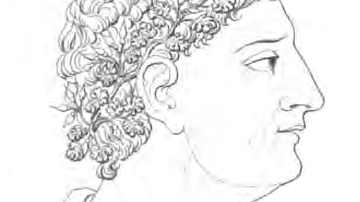
Definition
Marcus Gavius Apicius
Marcus Gavius Apicius, a wealthy and educated member of the Roman elite who lived during the reign of Emperor Tiberius (14-37 CE), is famous for his love of food and a cookbook titled De Re Coquinaria (The Art of Cooking). He was a model...
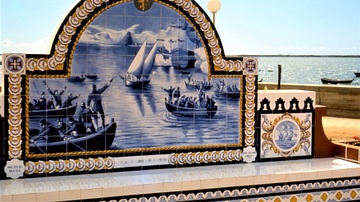
Article
Azulejos: The Visual Art of Portugal
Glazed blue ceramic tiles or azulejos are everywhere in Portugal. They decorate the winding streets of the capital, Lisbon. They cover the walls of train stations, restaurants, bars, public murals, and fountains, churches, and altar fronts...
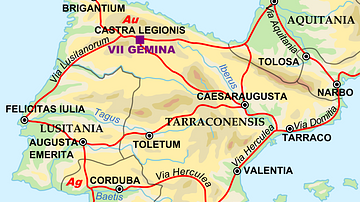
Image
Map of the Iberian Penninsula in 125 AD
A map showing Iberian peninsula in 125 AD including important roads, locations of legions and gold (Au) and silver (Ag) mines.
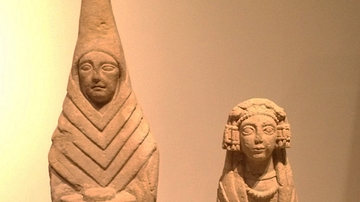
Image
Iberian Female Offerants
These offering bearers made from limestone are the most common type of representation found at the ancient Iberian Shrine of Cerro de los Santos (Montealegre de Castillo, Albacete) in Spain. These specimens date from the 3rd-2nd century BCE...
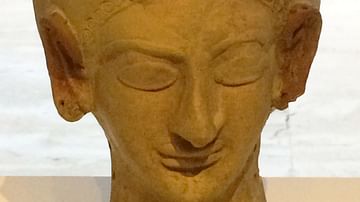
Image
Iberian Mask of a Woman
Mass produced in moulds, objects like this mask of a woman are inspired by Sicilian and Carthaginian models. They may have been used as offerings, images of a deity from the Phoenician-Punic pantheon, or apotropaic objects for protecting...